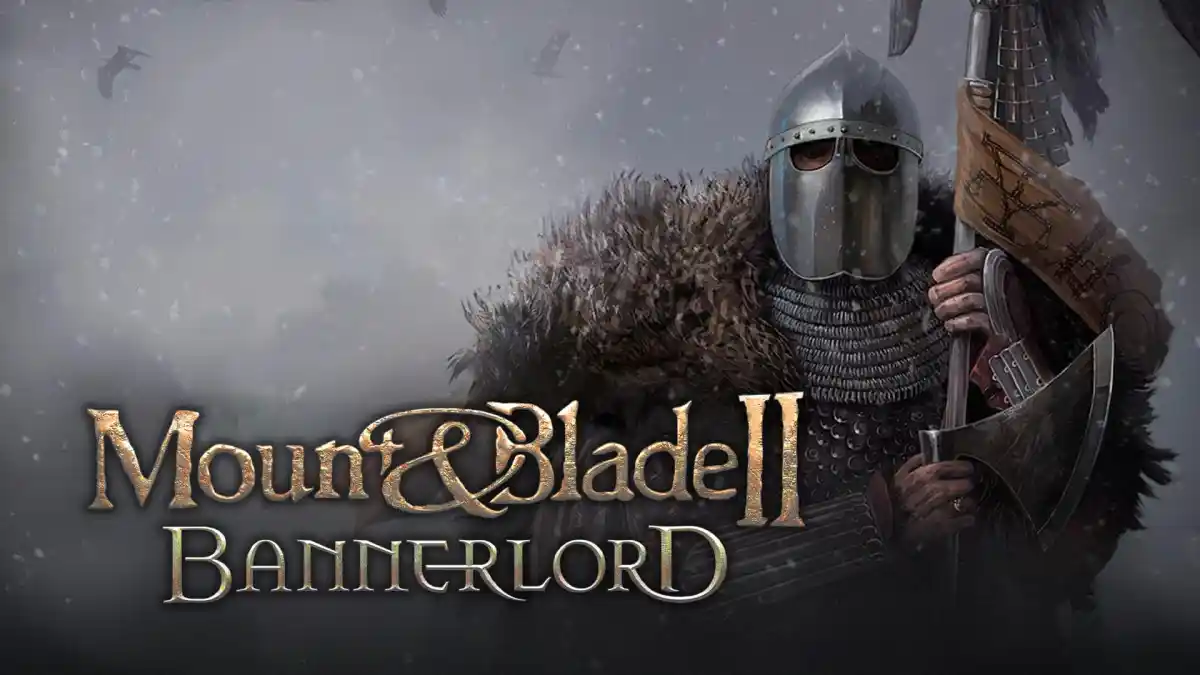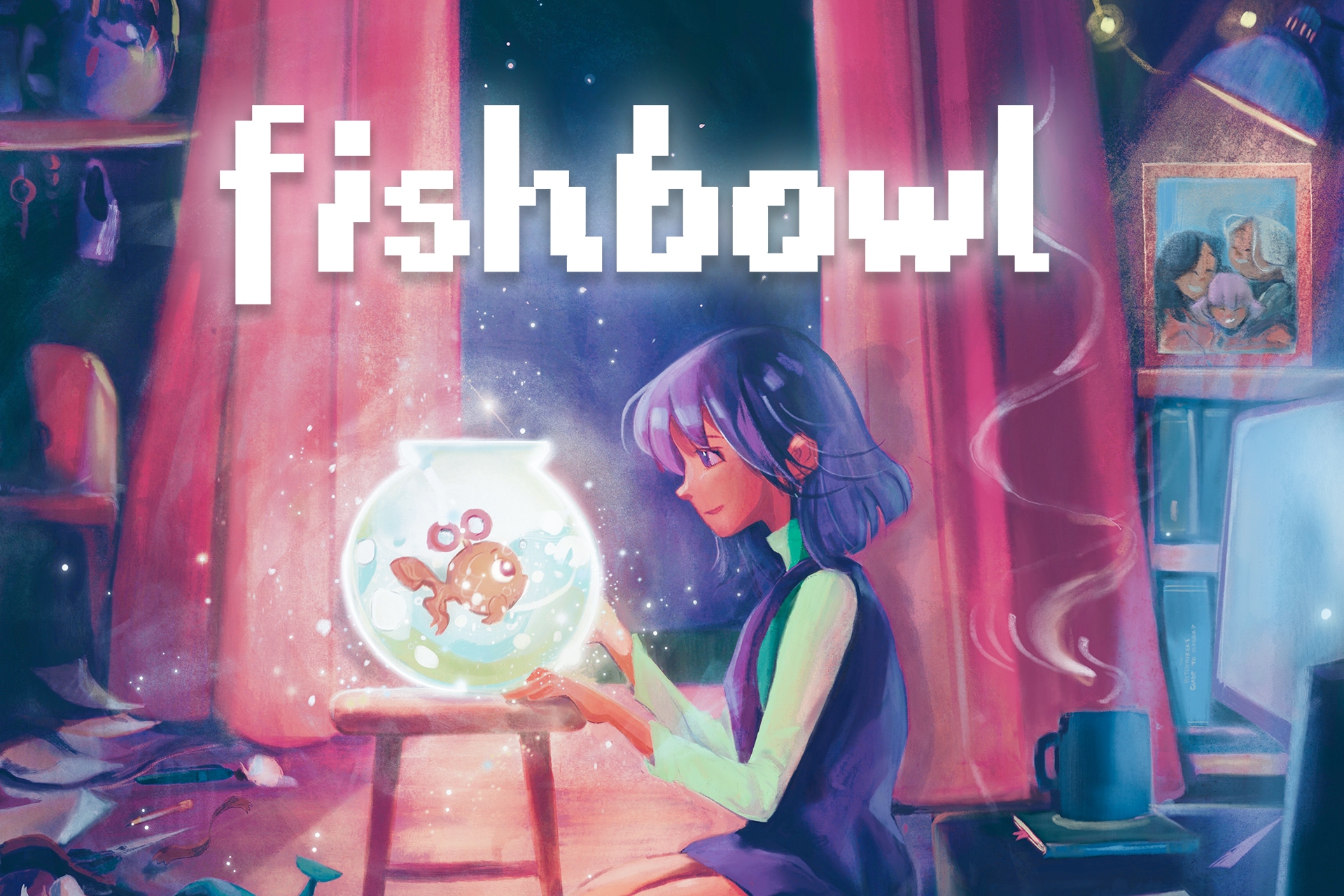There’s something special in Mount & Blade II: Bannerlord — something that I hope takes the gaming world by storm. I’m talking about Bannerlord‘s truly unique take on multiplayer.
Granted, before Bannerlord can take the world by storm, it has to overcome its early access jankiness. The combat feels a bit clunky at first, the load times can be annoyingly long, and there’s always the distinct impression that the game’s systems are bound together using little more than duct tape and zip ties. But those zip ties have constructed something that is unlike any other modern game, both with the open-ended campaign and with the multiplayer that absolutely demands more attention.
I’m not talking about the game’s Siege mode, though its 100-player battles are certainly popular and provide no shortage of entertainment. But as fun as it is to take part in an epic medieval battle, good luck getting 50 people to work together in unison. Most games devolve into a chaotic melee that has you stumbling around hoping that your teammates know what they’re doing.
No, the real treasure of Mount & Blade II: Bannerlord is the Captain mode. If that mode takes off as well as it deserves to, it could become an esport in its own right, potentially bringing in viewers who have never even watched competitive gaming before.
The idea behind the mode is pretty simple: Two teams of six players fight it out on a battlefield, with each player commanding a company of AI-controlled soldiers. You get to choose what type of unit you control, from a small band of heavily armored cataphracts to a horde of what amounts to angry peasants with pointed sticks.
You wander around the battlefield yourself, pointed stick in hand, barking orders to your soldiers about where to stand, where to face, when to charge, and when to run away with your tail tucked between your legs. Each dead soldier stays dead until the end of the round, making each match a deadly game of high-stakes chess where you and your teammates must work together to either hold critical points or wipe your enemy off the map. Victory will almost always go to the team that manages to outthink the enemy, with tactics and battlefield awareness winning out over individual heroics.
That’s not to say that there’s no place for individual heroics — a skilled fighter can take out more than a few AI-controlled soldiers on their own, given the right approach. And if both teams’ numbers have dwindled enough, then skilled swordsmanship suddenly becomes far more important than how far you managed to make it through The Art of War. Also, despite its initial clunkiness, there’s definitely depth to the hand-to-hand combat, as seen by how easily some players would dance around me and slice me to death as I made futile attempts to stick them with the pointy end.

The focus on tactics in Mount & Blade II: Bannerlord, however, plays up the real-world advantages and disadvantages of each weapon. Sure, the way a horseman thrusts a spear or swings a sword may feel a bit sluggish compared to combat in most modern action titles, but it’s sluggish in a way that makes it a lot easier to recreate that scene in Braveheart where someone charges their cavalry headlong into a line of heavy polearms designed specifically to cut them all down.
The tactical mechanics also made sure that, no matter how good at combat I got, charging headlong into an entrenched shield wall would always be a stupid decision, something that I frankly should have realized after watching 300 all those times back in college. Running across an open field towards a cluster of archers also turned out to be a bad idea; in fact, it turns out it’s quite easy to come up with terrible ideas in the middle of a heated battle.
Here’s the thing about all that, though — I was able to figure out a rough idea about effective tactics from just a few games’ worth of experience and my mostly pop culture-based knowledge of medieval combat, which was satisfying. Although, the game of course provides you information about each unit’s proficiencies hidden away in a menu too.

That’s the thing that could make Mount & Blade II: Bannerlord into such a compelling esport — the tactics that work and don’t work in each battle are things that the average viewer can intuitively understand. Some random person tuning in to watch League of Legends on ESPN8 won’t understand why it’s important for Ezreal to focus on a tank character, but they sure as heck would understand why an idiot who thinks cover is for suckers would get turned into a pincushion by a bunch of archers on a hill.
Add a spectator mode, hire some commentators who know how to point out the broad strokes of what’s going on for those of us who aren’t familiar with medieval combat, and you’ve got some really compelling content that I could see myself watching.
Now, there are several barriers that might inhibit this esports dream. The combat isn’t flashy, graphics aren’t exactly AAA-quality, and there’s no shortage of bugs that still need to get ironed out. But it’s still possible.
I hope it happens. I hope I see professional teams taking part in million-dollar Mount & Blade II: Bannerlord tournaments. I hope that everyone else sees the potential in such a unique experience, to live out Braveheart on a daily basis.






Published: Apr 10, 2020 12:18 pm